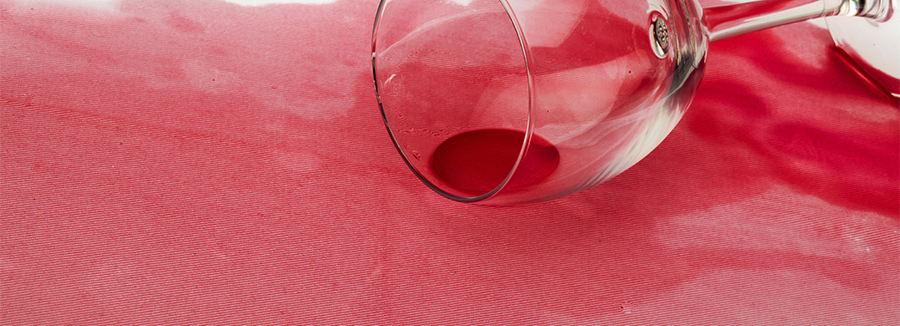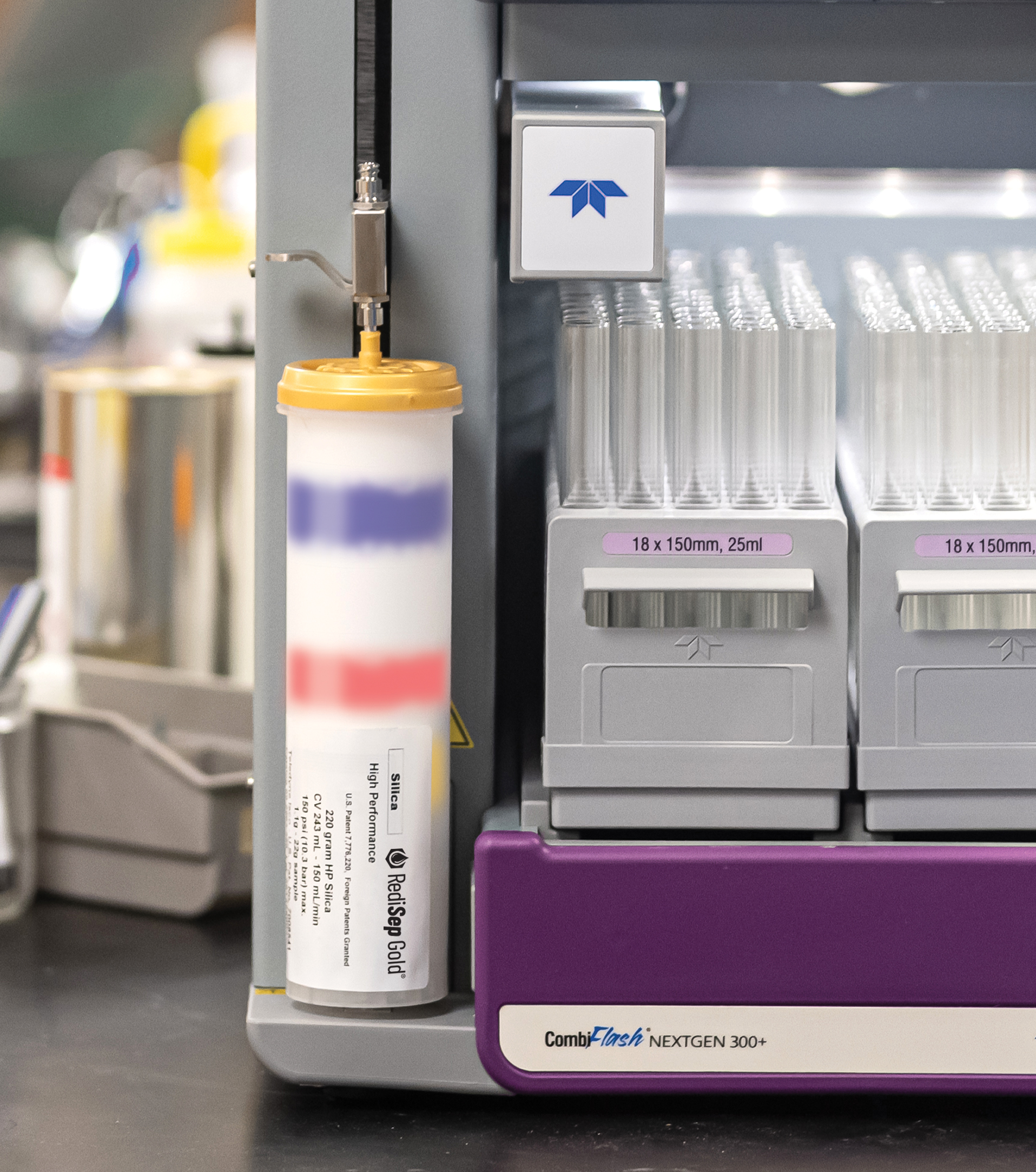An introduction for the high school chemist and first-year university student
 A chemist typically goes through the repeated sequence of reaction setup, workup, purification, and final product analysis while developing a chemical reaction to produce a desired product. Chromatography comes into play when the chemist reaches the purification stage. Chromatography is used to separate and purify the desired compound from other products in a sample.
A chemist typically goes through the repeated sequence of reaction setup, workup, purification, and final product analysis while developing a chemical reaction to produce a desired product. Chromatography comes into play when the chemist reaches the purification stage. Chromatography is used to separate and purify the desired compound from other products in a sample.
It may seem complicated, but with the right instruments and know-how, chromatography can be accomplished quickly, easily, accurately, at a low cost and, thanks to the efficient use of materials and recycling, in ways that are environmentally green.
The origins of chromatography
Chromatography was invented by botanist Mikhail Tsvet in 1900. Tsvet used the process to separate pigments in plants. As these are colored compounds, Tsvet coined the word “chromatography" from “chroma," meaning “color," and “graphy," meaning “to write."
 We'll touch on the science of this below. For now, note that if you spill red wine on a white tablecloth, the liquid spreads across the material in subtle shades of burgundy. (We don't suggest you try this at home.) Simply put, that's chromatography at work.
We'll touch on the science of this below. For now, note that if you spill red wine on a white tablecloth, the liquid spreads across the material in subtle shades of burgundy. (We don't suggest you try this at home.) Simply put, that's chromatography at work.
But how do those bands of color appear? It's now time to delve into the chemistry of chromatography.
How chromatography works
Carrying our wine example into the lab, we find that the alcohol in the wine acts as a solvent, carrying the mixture's compounds (those comprising the grapes, for one) across the tablecloth. This solvent is known in chromatography as the “mobile" phase, for its ability to move or spread. The material over which the solution moves, the tablecloth in this case, is the “stationary" phase. As with all chromatography, the processes causing the various compounds to separate occurs at a molecular level.
 The separation of the compounds in the mixture is based on the affinity of each component's molecules for the mobile and stationary phases. The varied mass of the molecules and their varying propensity to adsorb, or adhere to, the stationary phase causes the compounds to migrate at different speeds. The slower-moving molecules remain at the center of the wine spill, while the faster-moving molecules race to the perimeter.
The separation of the compounds in the mixture is based on the affinity of each component's molecules for the mobile and stationary phases. The varied mass of the molecules and their varying propensity to adsorb, or adhere to, the stationary phase causes the compounds to migrate at different speeds. The slower-moving molecules remain at the center of the wine spill, while the faster-moving molecules race to the perimeter.
To achieve the best possible separation of compounds, chemists carefully choose the stationary and mobile phases they use, based on the nature of the sample. Various solvents, alone or in combination, are used for the mobile phase. The stationary phase may be a piece of chromatography paper, or, for faster, more accurate results, silica gel applied to a glass plate or packed into a column. Silica is found in sand and quartz. In everyday use, silica gel is the stuff put in little packets to attract moisture in the packaging of some products. While silica gel is the most common stationary phase, other materials are used as well.
Practical uses for chromatography
Chromatography is essential to research, development, purification, analysis, and manufacturing across many industries: the discovery and development of pharmaceuticals; the analysis of bodily fluids in drug tests; separating fats, oils, sugars, vitamins, and natural coloring agents in foods; cosmetics and personal care products; preservatives of all kinds; and to develop and purify colored compounds, including paints and dyes.
In the coming weeks, we'll delve deeper into the science and application of chromatography, including by following the links below.
-
A real-world example: Thin-Layer Chromatography
-
Flash Chromatography
-
Supercritical Fluid Chromatography and High-Performance Liquid Chromatography
